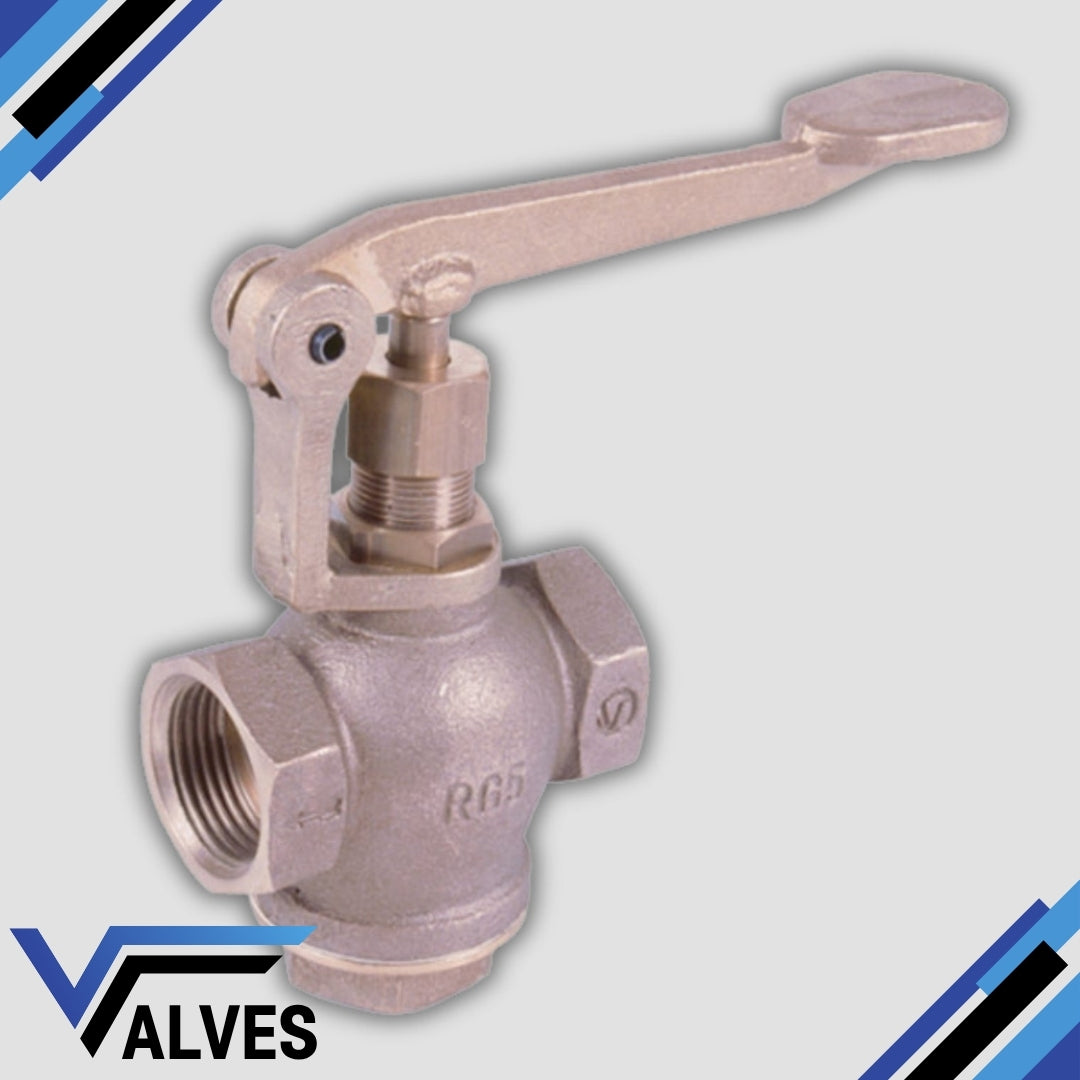Valves UK
Bronze Self-Closing Lever Globe Valve
Bronze Self-Closing Lever Globe Valve
Couldn't load pickup availability
The Bronze Self-Closing Lever Globe Valve is engineered for controlled, momentary flow applications where automatic shut-off is required after manual actuation. Operated by a durable side-mounted lever, the valve returns to the closed position once released, ensuring reliable shut-off without the need for user intervention.
Manufactured from corrosion-resistant bronze, this valve is ideal for water, air, and non-aggressive fluids in marine, industrial, and commercial environments. It provides precise flow control and safety in systems where unattended open flow could pose a risk.
Key Features:
- Self-closing lever mechanism for automatic shut-off
- Bronze construction for long-lasting corrosion resistance
- Globe-style design for accurate flow control
- Suitable for water, air, and light industrial fluids
- Commonly used in washdown, filling, and safety applications
Share

FAQ's
What is the difference between a valve and an actuator?
What types of actuators are available?
The main types of actuators are:
Pneumatic actuators – use compressed air for fast, reliable operation.
Electric actuators – use electrical power for precise control.
Hydraulic actuators – use fluid pressure for high-torque applications.
Each type offers unique advantages depending on the environment, media, and system control needs.
How do I choose the right actuator for my valve?
To select the correct actuator, consider:
Valve type and torque requirement
Power source available (air, electric, or hydraulic)
Operating environment (temperature, humidity, hazardous area)
Control signal type (on/off or modulating)
Matching actuator torque and compatibility with the valve’s ISO mounting ensures reliable performance.
What are the main types of valves used in automation?
The most common valves in automated systems include:
Ball valves – for tight shutoff and quick operation.
Butterfly valves – for larger flow control with compact design.
Globe valves – for precise throttling and flow regulation.
Check valves – to prevent backflow.
Gate valves – for full bore flow isolation.
What’s the difference between a double-acting and spring-return actuator?
Double-acting actuators use air (or power) to both open and close the valve.
Spring-return actuators use air to open (or close) the valve, and a built-in spring to automatically return it to a safe position when power or air is lost — ideal for fail-safe operation.
How often should valves and actuators be serviced?
Regular maintenance intervals depend on operating conditions, but a good rule of thumb is to inspect every 6–12 months.
This includes checking for leaks, lubrication, seal wear, and actuator responsiveness to prevent unexpected downtime.

